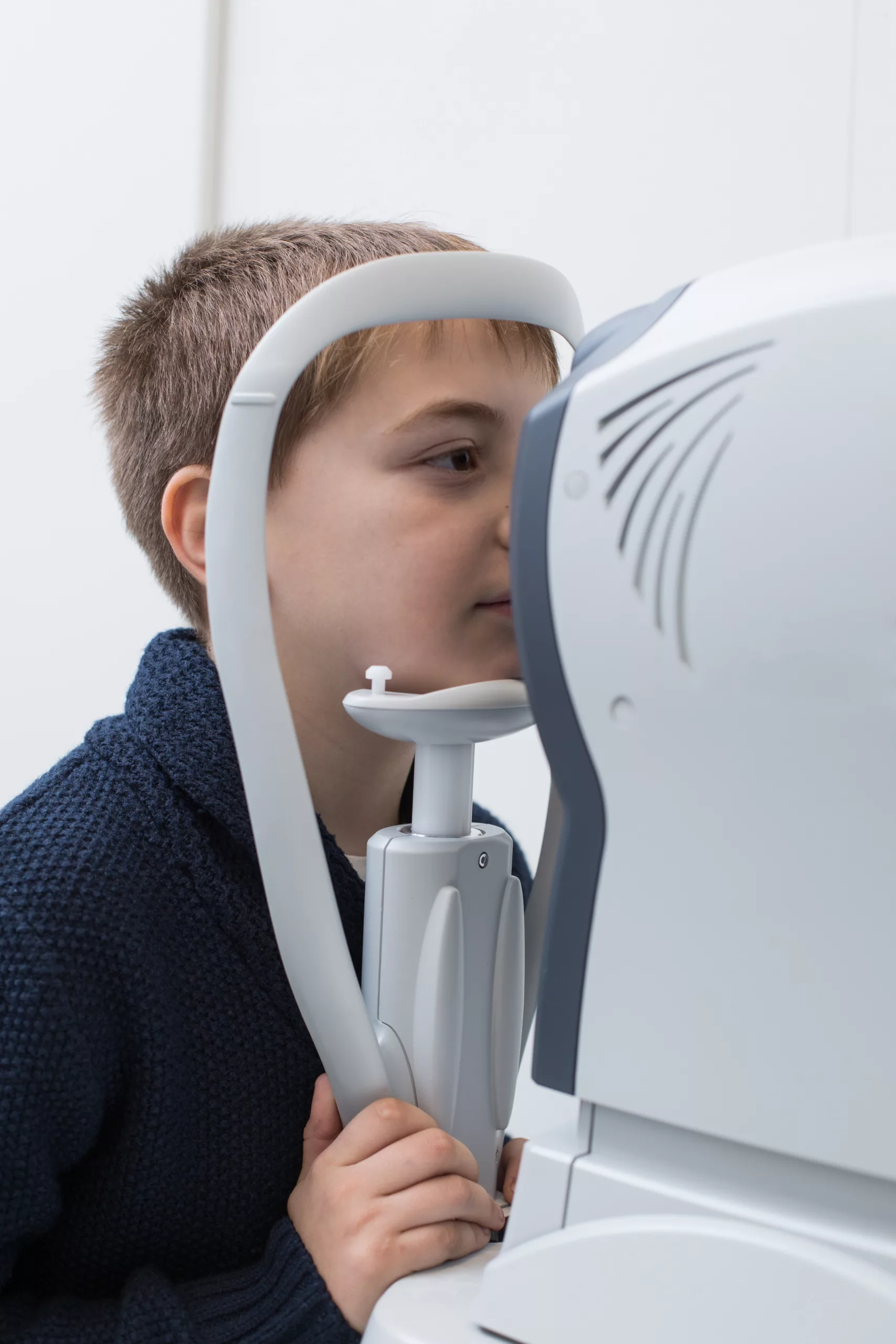Oculomotor Apraxia: Understanding its Biomechanics and Implications
Introduction
Oculomotor Apraxia, a neurodevelopmental disorder characterized by impaired voluntary eye movements, presents a multifaceted challenge for individuals and healthcare providers alike. This guide aims to provide a comprehensive overview of Oculomotor Apraxia, encompassing its intricate biomechanics, diagnostic nuances, and holistic management approaches.
Understanding Oculomotor Apraxia
Oculomotor Apraxia encompasses a spectrum of disorders characterized by the inability to initiate voluntary eye movements, particularly horizontal saccades. The condition often manifests in early childhood, though cases of acquired Oculomotor Apraxia have also been documented. While the precise etiology remains elusive, research suggests a combination of genetic predisposition and environmental factors contributing to its development. Structural abnormalities or dysfunction in key brain regions involved in eye movement control, such as the frontal lobes, basal ganglia, and cerebellum, are implicated in the pathophysiology of Oculomotor Apraxia.
Biomechanics of Oculomotor Apraxia
The biomechanics of Oculomotor Apraxia involve a complex interplay of neural circuits and neurotransmitter systems governing eye movement coordination. Central to this process is the superior colliculus, a midbrain structure responsible for initiating saccadic eye movements. Dysfunction within the superior colliculus, whether due to structural abnormalities or neurotransmitter dysregulation, disrupts the smooth execution of eye movements, leading to the characteristic symptoms of Oculomotor Apraxia.
Role of Neurotransmitters
Recent advancements in neurobiology have shed light on the role of neurotransmitters, such as dopamine and gamma-aminobutyric acid (GABA), in the pathophysiology of Oculomotor Apraxia. Dysregulation of these neurotransmitter systems can alter the excitatory and inhibitory balance within neural circuits, thereby affecting the initiation and execution of saccadic eye movements. Further research into the specific neurotransmitter abnormalities associated with Oculomotor Apraxia holds promise for the development of targeted pharmacological interventions.
Implications for Vision and Functionality
Oculomotor Apraxia exerts significant implications for visual perception, motor coordination, and overall functionality. Individuals with this condition often exhibit compensatory head movements to overcome the limitations of impaired eye movements. Moreover, difficulties in quickly redirecting gaze can impact activities of daily living, including reading, driving, and participating in social interactions. Addressing these challenges requires a multidisciplinary approach involving ophthalmologists, neurologists, occupational therapists, and rehabilitation specialists.
Diagnostic Challenges and Clinical Assessment
Accurate diagnosis of Oculomotor Apraxia necessitates a thorough clinical evaluation, encompassing detailed ophthalmological and neurological assessments. Specialized tests, such as electrooculography (EOG) and infrared oculography, may be employed to quantify eye movement abnormalities and assess saccadic latency. Differential diagnosis is crucial to distinguish Oculomotor Apraxia from other ocular motility disorders, such as congenital fibrosis of the extraocular muscles (CFEOM) and congenital cranial dysinnervation disorders (CCDDs).
Management Strategies and Therapeutic Interventions
While there is no cure for Oculomotor Apraxia, management focuses on optimizing functional abilities and enhancing quality of life. Vision therapy, including saccadic training, smooth pursuit exercises, and visual scanning techniques, can improve eye movement coordination and reduce compensatory head movements. Assistive devices, such as prism glasses and gaze stabilization goggles, may aid individuals in performing specific tasks requiring precise visual targeting. Additionally, occupational therapy and psychosocial support play pivotal roles in addressing the psychosocial impact of Oculomotor Apraxia on affected individuals and their families.
Research Advances and Future Directions
Advancements in neuroimaging techniques, including functional magnetic resonance imaging (fMRI) and diffusion tensor imaging (DTI), offer valuable insights into the underlying neural mechanisms of Oculomotor Apraxia. Genetic studies have identified potential gene variants associated with this condition, highlighting the genetic heterogeneity and complexity of its etiology. Collaborative research endeavors aimed at elucidating the molecular pathways and developing targeted therapies hold promise for improving outcomes and enhancing the lives of individuals affected by Oculomotor Apraxia.
Conclusion
Oculomotor Apraxia represents a multifaceted challenge in neuro-ophthalmology, necessitating a comprehensive understanding of its biomechanics, diagnostic intricacies, and holistic management strategies. By unraveling the complexities of this condition and advancing therapeutic interventions, we can empower individuals with Oculomotor Apraxia to overcome functional limitations and lead fulfilling lives. Continued research efforts and interdisciplinary collaboration are essential to address the unmet needs of this patient population and improve their overall well-being.
World Eye Care Foundation’s eyecare.live brings you the latest information from various industry sources and experts in eye health and vision care. Please consult with your eye care provider for more general information and specific eye conditions. We do not provide any medical advice, suggestions or recommendations in any health conditions.
Commonly Asked Questions
Early signs may include delayed initiation of eye movements, abnormal head movements, and difficulties tracking objects visually.
While some cases may have a genetic component, Oculomotor Apraxia can also occur sporadically without a family history.
Yes, Oculomotor Apraxia may be misdiagnosed as other ocular motility disorders, highlighting the importance of a thorough clinical assessment.
Diagnosis in adults may involve specialized eye movement tests, neuroimaging studies, and neurological examinations to assess saccadic dysfunction.
Management strategies may include vision therapy, assistive devices, occupational therapy, and psychosocial support to improve functional abilities.
While there is no cure, early intervention and targeted therapies can help individuals with Oculomotor Apraxia manage symptoms and enhance quality of life.
Genetic testing may be considered in some cases to identify potential gene variants associated with Oculomotor Apraxia and guide treatment decisions.
Ongoing research aims to elucidate the underlying neural mechanisms, identify novel therapeutic targets, and improve diagnostic accuracy for Oculomotor Apraxia.
While primarily affecting eye movements, Oculomotor Apraxia may be associated with cognitive impairments, particularly in executive function and attentional control.
Support groups, advocacy organizations, and online forums can provide valuable information, peer support, and resources for individuals and families affected by Oculomotor Apraxia.
news via inbox
Subscribe here to get latest updates !







